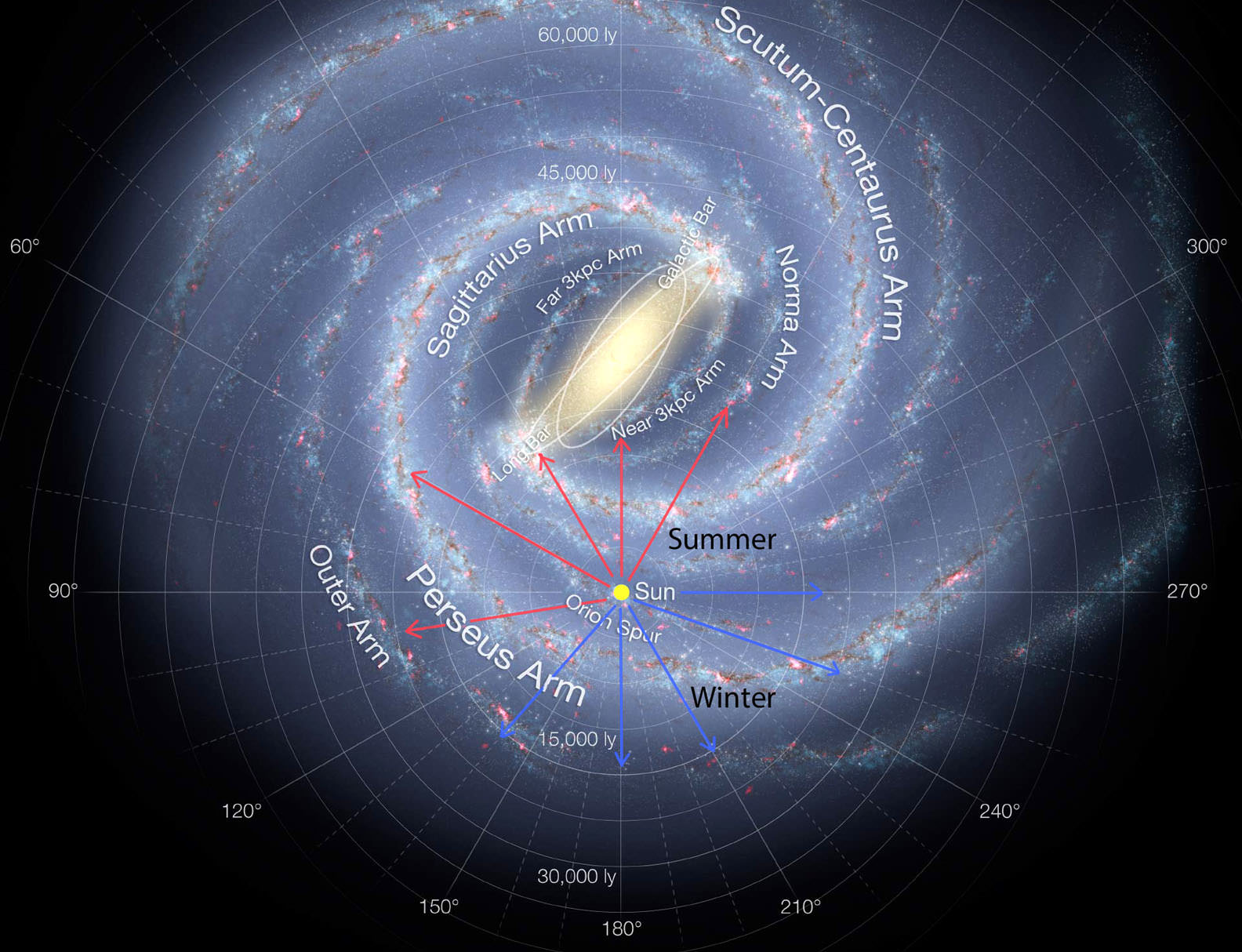I’ve covered a few ‘hidden galaxy’ stories lately, from the ultra high resolution see-through of Andromeda, to dark dust in front of M81 and M82. Now, hundreds of new hidden galaxies have been revealed by a team of astronomers who are looking straight through the Milky Way for the first time ever, shedding light on the structure of new galaxy clusters and the enigmatic pull of the ‘great attractor.’

The Earth is not stationary in space. It orbits the Sun, which in turn orbits the Milky Way galaxy, which then moves through the Universe as part of a galaxy cluster. We have been able to determine how the galaxy is moving, and it’s heading toward the southern constellation Norma at a velocity of ~630 Km/s. Some of the local galaxy clusters and superclusters are hidden by the bright central gas and dust of our galaxy, and so there are tons of galaxies out there that we can’t see. Without knowing where they are, it’s very difficult to map the local universe, and especially the great attractor.
But a team of international astronomers, as part of the International Centre for Radio Astronomy Research (ICRAR), found 883 galaxies with an innovative radio telescope, a third of which had never been seen before.
The new galaxies formed two new superclusters and three new galaxy concentrations, all of which help map out the great attractor and can contribute to an explanation of the movement of the Milky Way.
Astronomers have been trying to peer through the thick gas and dust of the inner Milky Way, to see the structure of the local Universe. “We’ve used a range of techniques but only radio observations have really succeeded in allowing us to see through the thickest foreground layer of dust and stars,” said University of Cape Town astronomer Professor Renée Kraan-Korteweg.
Long radio waves are able to pass through the galaxy to map the distant objects. It’s very different than using a traditional optical telescope, which wouldn’t see anything at all. Understanding the local Universe helps astronomers piece together the formation and evolution of the Universe as a whole, and this new data will fill in the gaps that were once hidden from view.
